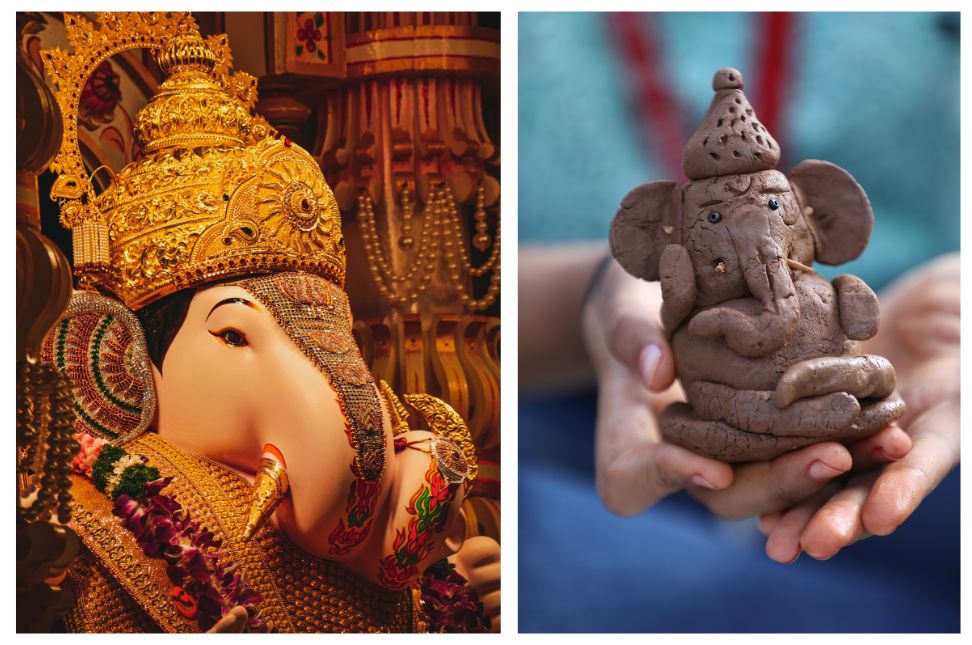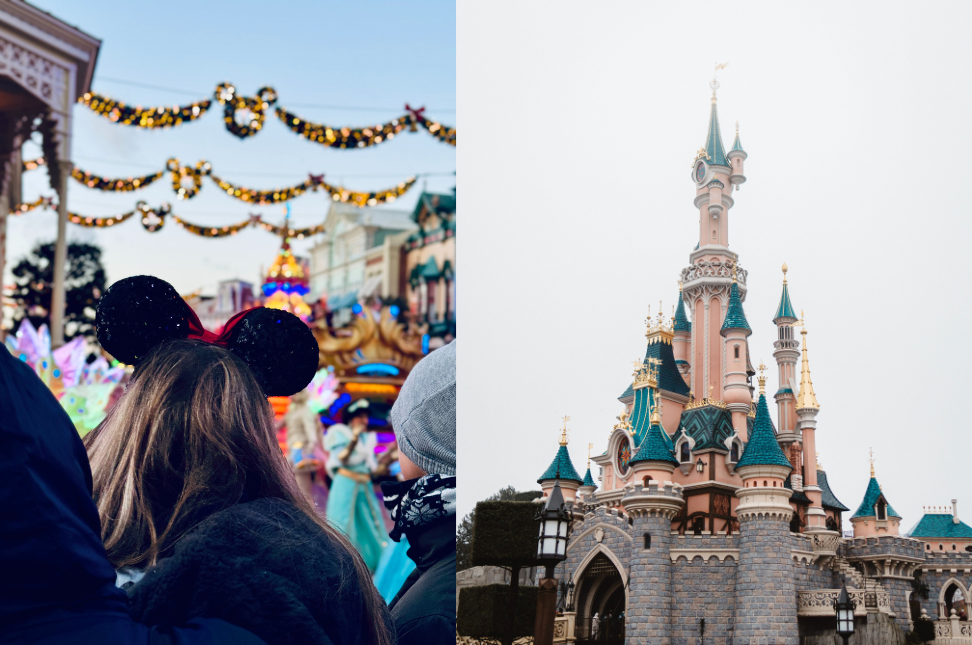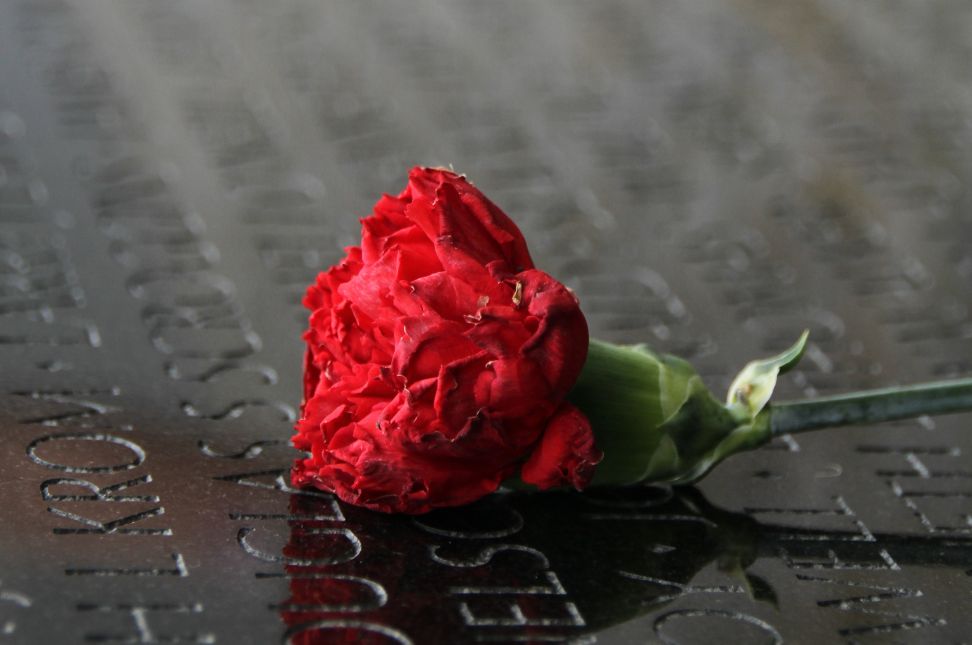Festivals in India are a vivid and integral part of the country’s cultural fabric. Each festival reflects the rich heritage, traditions, and diverse customs of various regions. Celebrated with enthusiasm and joy, these festivals offer a glimpse into the spiritual and cultural life of India. From grand religious ceremonies to vibrant cultural fairs, the festivals in India bring people together, transcending social and economic boundaries.
Diwali: The Festival of Lights
Diwali, or Deepavali, is one of the most widely celebrated festivals in India. Known as the Festival of Lights, Diwali signifies the triumph of light over darkness and good over evil.
- Celebrations: Homes and streets are adorned with oil lamps, candles, and colorful lights. People clean and decorate their houses, prepare sweets, and exchange gifts. Fireworks light up the sky, and various religious rituals are performed.
- Significance: Diwali marks the return of Lord Rama to Ayodhya after a 14-year exile, as per the Hindu epic Ramayana. It also celebrates the victory of Lord Krishna over the demon Narakasura.
Holi: The Festival of Colors
Holi, known as the Festival of Colors, is celebrated with exuberance and joy. This spring festival signifies the arrival of spring and the victory of good over evil.
- Celebrations: People gather to play with colors, drenching each other in vibrant hues of powdered dye and water. Traditional sweets like gujiya and bhang (a drink made from cannabis) are enjoyed. Music, dance, and festive foods are central to the celebrations.
- Significance: Holi commemorates the divine love of Radha and Krishna. It also celebrates the burning of the demoness Holika, symbolizing the victory of good over evil.
Navratri and Durga Puja
Navratri and Durga Puja are significant festivals in India that honor the divine feminine power. Navratri, which means “nine nights,” is celebrated with dance and worship, while Durga Puja is a grand celebration of the goddess Durga.
- Celebrations: During Navratri, people engage in traditional dances like Garba and Dandiya. Durga Puja involves elaborate pandals (temporary structures) where idols of Goddess Durga are worshipped. Cultural performances, music, and feasting are part of the festivities.
- Significance: Navratri celebrates the nine forms of Goddess Durga, symbolizing feminine power and victory over evil. Durga Puja marks the victory of Goddess Durga over the buffalo demon Mahishasura.
Eid-ul-Fitr and Eid-ul-Adha
Eid-ul-Fitr and Eid-ul-Adha are important Islamic festivals in India, celebrated with great devotion and community spirit.
- Eid-ul-Fitr: Marks the end of Ramadan, the holy month of fasting. It is celebrated with prayers, feasting, and giving alms to the poor. Special dishes like biryani, kebabs, and sweets are prepared.
- Eid-ul-Adha: Also known as the Festival of Sacrifice, it commemorates the willingness of Prophet Ibrahim to sacrifice his son as an act of obedience to God. The festival involves the sacrifice of an animal and sharing the meat with family, friends, and the needy.
Christmas: Celebrating the Birth of Jesus Christ
Christmas is celebrated with joy and enthusiasm across India, particularly in regions with significant Christian populations.

- Celebrations: Homes and churches are decorated with lights, Christmas trees, and nativity scenes. Midnight Mass is held, and carols are sung. Families gather to exchange gifts and enjoy festive meals.
- Significance: Christmas commemorates the birth of Jesus Christ. It is a time of giving, sharing, and spreading joy and goodwill.
Pongal and Makar Sankranti
Pongal and Makar Sankranti are harvest festivals in India, celebrated with gratitude and joy for the bountiful harvest.
- Pongal: Celebrated in Tamil Nadu, Pongal is a four-day festival dedicated to the Sun God. Traditional dishes like sweet Pongal, made from rice and jaggery, are prepared. The festival also involves decorating cattle and cultural performances.
- Makar Sankranti: Celebrated across India, Makar Sankranti marks the transition of the Sun into the zodiac sign of Capricorn. People take holy dips in rivers, fly kites, and prepare delicacies made from sesame seeds and jaggery.
Ganesh Chaturthi: Honoring the Elephant-Headed God
Ganesh Chaturthi is a popular Hindu festival celebrating the birth of Lord Ganesha, the remover of obstacles and the god of wisdom and prosperity.
- Celebrations: Idols of Lord Ganesha are installed in homes and public pandals. Prayers, devotional songs, and cultural performances are part of the festivities. The idols are immersed in water on the last day, symbolizing Ganesha’s return to his celestial abode.
- Significance: Ganesh Chaturthi promotes the values of unity, cultural heritage, and the worship of Lord Ganesha.

Onam: The Harvest Festival of Kerala
Onam is the harvest festival of Kerala, celebrated with grandeur and enthusiasm. It marks the homecoming of the legendary King Mahabali.
- Celebrations: The festival includes elaborate feasts known as Onam Sadya, featuring a variety of traditional dishes served on banana leaves. Cultural performances, boat races, and floral designs (Pookalam) are part of the festivities.
- Significance: Onam celebrates the golden age under King Mahabali’s rule and the agrarian traditions of Kerala.
Conclusion
Festivals in India are a beautiful reflection of the country’s rich cultural heritage and diversity. Each festival is unique, yet they all share the common themes of joy, community, and spiritual significance. Whether you are participating in the vibrant colors of Holi, the serene lights of Diwali, or the communal prayers of Eid, these festivals offer a profound and enriching experience. For travelers from the US and around the world, witnessing or participating in these festivals provides a deep insight into India’s cultural soul.




